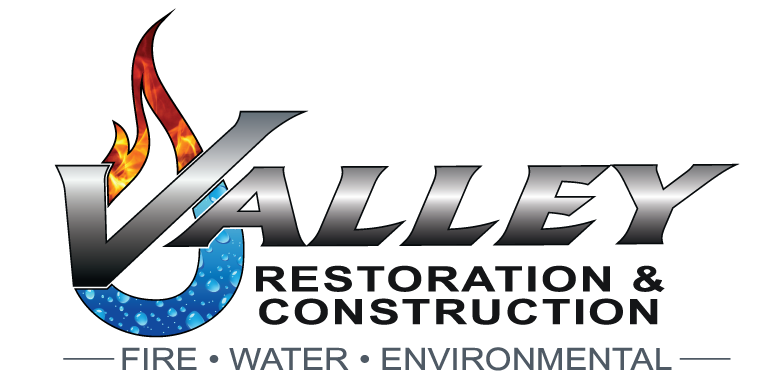You can’t see it, smell it, or taste it—but radon gas could be seeping into your home right now. And if you live in Western Colorado, the chances are higher than you might think. Radon is the second leading cause of lung cancer in the United States, and the soil composition in Montrose, Delta, and Ouray Counties puts homeowners at greater risk.
Fortunately, there are several effective ways to reduce radon in your home and protect your family’s health. Here are five smart prevention strategies you can use to help keep radon out—and what to do if testing reveals a problem.
1. Seal Cracks in Your Foundation
One of the most common ways radon enters your home is through cracks in the concrete slab or foundation walls. Even small gaps allow radon to sneak in from the soil below your home.
Use a high-quality polyurethane caulk to seal visible cracks and gaps around floor joints, walls, and pipe openings. While this won’t eliminate radon entirely, it’s a helpful first step to minimize entry points—especially when used alongside a full mitigation system.
2. Improve Your Home’s Ventilation
Radon accumulates when it becomes trapped inside poorly ventilated spaces. Increasing air circulation helps dilute radon levels and allows the gas to exit your home more easily.
Install ventilation fans in crawlspaces or basements, and make sure your HVAC system is functioning properly. Opening windows for cross-ventilation when weather allows can also make a difference, though this should not be used as your only solution in areas with high radon levels.
3. Use Vapor Barriers in Crawlspaces
If you have an exposed dirt crawlspace under your home, radon can enter through the soil beneath you. Installing a plastic vapor barrier over the floor helps block that pathway and reduce radon intrusion.
At Valley Restoration, we install vapor barriers as part of our radon mitigation and encapsulation services. We also use fans to vent trapped gases safely away from the home, creating a clean and safe crawlspace environment.
4. Install a Radon Mitigation System
If your home tests above the EPA action level of 4.0 picocuries per liter (pCi/L), a professional radon mitigation system is the most reliable long-term solution.
These systems work by using a fan and pipe system to draw radon from beneath your home and vent it safely outside, away from doors and windows. A mitigation system can reduce radon levels by up to 99 percent.
At Valley Restoration, our certified technicians design and install custom mitigation systems based on your home’s layout and foundation type. We’ll also retest the air afterward to make sure the system is working effectively.
5. Schedule Regular Radon Testing
You can’t reduce what you don’t detect. That’s why routine radon testing is essential, especially in high-risk areas like Montrose and Delta Counties.
Homeowners should test for radon at least every two years, or whenever major renovations are undertaken. We recommend professional testing for the most accurate results, especially if you’ve never had your home checked before.
Radon Risk Is Real in Colorado
Western Colorado has naturally high uranium levels in the soil, which break down into radon gas. Even new homes with sealed foundations or energy-efficient insulation are vulnerable if they don’t have proper ventilation or a mitigation system.
At Valley Restoration & Construction, we’ve seen firsthand how easily radon can go undetected. That’s why we offer certified radon mitigation services to help families across the Western Slope stay safe and healthy.
Why Choose Valley Restoration for Radon Services?
-
Local expertise in Western Colorado soil and climate
-
Certified radon mitigation and vapor barrier installation
-
Full-service diagnostics and system design
-
Professional installation and post-mitigation testing
-
Honest, straightforward recommendations
-
Fast response and flexible scheduling
We don’t just test and treat—we give you peace of mind.
Ready to Reduce Radon in Your Home?
If you’re concerned about radon or haven’t tested your home in the last few years, don’t wait. Valley Restoration & Construction can help you identify risk levels and recommend the right mitigation solution for your property.
Call 970-964-4437 today or contact us online to schedule a radon inspection or mitigation consultation.
FAQs: Radon and Your Home
How do I know if my home has radon?
Radon has no smell, color, or taste. The only way to know is to test. Valley Restoration offers professional radon testing to give you accurate results.
Can new homes have radon?
Yes. Radon can affect any home, old or new, regardless of foundation type. Even homes built with radon-resistant materials may still have elevated levels.
Is DIY radon mitigation effective?
DIY kits may provide short-term testing, but full mitigation systems should always be installed by a certified professional. Incorrect installations can make the problem worse.
What level of radon is considered unsafe?
The EPA recommends action when indoor radon levels reach or exceed 4.0 pCi/L. However, even lower levels can pose health risks over time.
